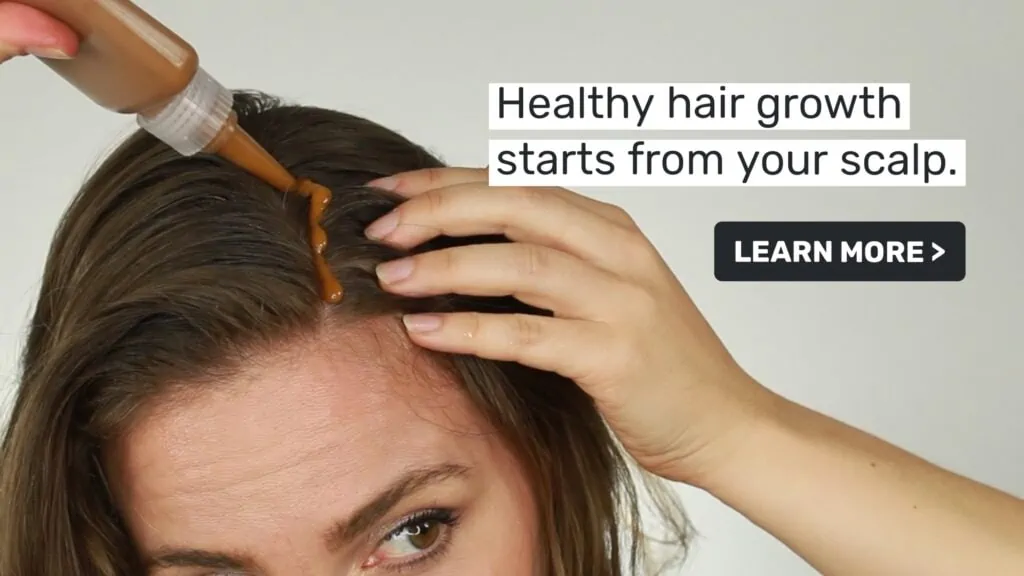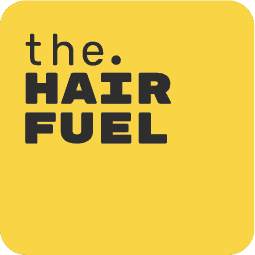Sleeping on silk bed sheets no longer reserved for the riches. Silk has been produced for millennia and its strength, smooth texture have been praised throughout recent human history and some pretty astonishing findings like surviving complete flooding for over a century and still remaining intact. Specifically, silk pillowcase has benefits for hair health and to understand those benefits we dove deep into the silk history, biochemistry and production.
Silk pillowcase and hair growth
Sleeping on a silk pillowcase makes your hair more management as well as lifting up the health and appearance of your skin. While silk will not directly make your hair grow, it does have significant benefits to the existing hair strands. We should really start calling “silk pillowcase for hair growth” as “silk pillowcase against hair breakage”. What improves hair growth is ultimately the right nutrition, exercise and better blood flow in scalp. However silk pillowcase still remains a go-to tool for hair care. To further understand the impact of silk on your strands we looked into mechanics of sleeping on silk and provided an overview of the production process and an analysis of other alternatives to silk pillowcases for beauty.
Mechanics of sleeping on silk
Impact on hair health
Your hair and skin glides on silk’s smooth surface instead being caught by the harsh fibres. The latter tends to happen when sleeping on more widely used, cotton pillowcases. Usually, during sleep, if not wearing a protective hair style, hair strands rub against one another leading to hair cuticles stand up thus leading to dull and frizzy hair. In addition, cotton is a highly absorbent material which wicks away the natural moisture present in your hair and skin. This reduction in moisture makes your hair strands more prone to breakage as well as wicking away natural moisture from your skin, too.
When it comes to skin case, the product that you put on your face before going to bed often gets absorbed by the cotton pillowcase you might be sleeping on – rather than by your skin. After trying sleeping on silk ourselves and seeing the outstanding results (hello smoothness and shine!) there was one thing that bugged us – and that’s the humanity and sustainability of silk and its natural and man-made textile alternatives.
Behold an in-depth overview of textile production, be warned that some details of silk production may be too graphic, which made us feel highly guilty going to bed on silk pillowcase, but throwing it away would make it even worse making the cruelty having happened in vain.
Silk: a tale of silkworm’s life
Silk is a natural fibrous polymer consisting of amino acids. Silk fibers consist of 97% protein – fibroin, a filamentous protein (approximately 75%) and sericin, a non-filamentous protein (nearly 25%). The fibres are produced by certain insect larvae to form cocoons. First the larvae are being fed and maintained at a farm and sometimes fed only specific type of foods, e.g. mulberry leaves which produces mulberry silk. The silk farmers then heat the cocoons to kill them, leaving some to metamorphose into moths to breed the next generation of caterpillars. Harvested cocoons are then soaked in boiling water to soften the sericin holding the silk fibers together in a cocoon shape. The fibers are then unwound to produce a continuous thread.
Since a single thread is too fine and fragile for commercial use, anywhere from three to ten strands are spun together to form a single thread of silk. Each moth produces about 1 mile of single thread in one cocoon.
The boiling alive part of sericulture (cultivation of silkworms to produce silk) is what has the animal rights protectors horrified. So we have considered other options when it comes to beauty and keeping those hair of yours nice and shiny…

Ahimsa “peace” silk
Otherwise known as “peace silk” – ahimsa, in the Hindu, Buddhist, and Jainist tradition is respect for all living things and avoidance of violence towards others. Ahimsa silk is produced slightly differently from usual silk – which affects its quality as well as poses some important question about its cruelty-free factor.
Instead of boiling the cocoons with the larvae alive inside, the moths are allowed to hatch. This causes the tear in the cocoon affecting the uniformity of the silk thread. In addition, while the silkworms don’t get boiled alive – moths might meet another type of death – once hatched, moth, through generations and generations of breeding simply did not evolve to have sufficient strength in their wings to lift up the body in order to go and hunt for food. Essentially this leads to the moths dying of starvation.
Ahimsa silk usually leads to 10 extra days in the process to let the larvae grow and the moths to hatch out of the cocoons. In contrast, the less humane process takes about 15 minutes. Such difference leads to higher cost of ahimsa silk fabric. In addition, because of using torn out silk thread this affects quality of the fabric itself – it is claimed to be softer to the touch than usual silk.
Polyester & hair
Polyester is a synthetic petroleum-based fibre and is therefore made from a carbon-intensive non-renewable resource, like any other oil-based products. Nearly 70 million barrels of oil are used each year to make the world’s polyester fibre, which is now the most commonly used fibre in our clothing. But it takes more than 200 years to decompose. In addition, it is not bio-degradable and will persist in the ecosystem even as it eventually breaks apart. While washing, tiny particles of fibres make their way into the oceans producing micro plastic pollution of our ocean, its flora and fauna. Essentially, it also comes back to us, in the form of fish and seafood we consume.
There is a number of ways to prevent seeping the micro plastics into the oceans by using filters on your washing machine, not washing your fabrics too often or use micro plastic laundry bag that catches the micro plastics before they get into the sewer system of your city.
Viscose pillowcases
The lyocell fibers, like other cellulosics, are moisture absorbent and biodegradable. The fibers made from wood or plant pulp, have a dry strength – higher than other cellulosics, approaching that of polyester. Viscose does have limitations – it absorbs moisture, therefore negating the effect that sleeping on a silk pillowcase gives to your skin and hair. This can discolour and weaken the fabric and result in marking. In addition, production of cellulose exerts pollutants into the environment which is also a consideration when making this choice.

Conclusion
At The Hair Fuel, we would absolutely love to offer pillowcases that would offer the same benefits as silk pillowcases for your hair, since we ourselves have seen the result in the form of shiny hair with pronounced waves and glowing skin after sleeping on it. And therefore we are presented with the choice of vices. Whether it is cruelty to silkworms, environmental pollution – in 2019 it seems that you need to choose your vices.
As a guide we would suggest considering sateen weave made from cotton if you want to minimise your cruelty and environmental impact – however it may not deliver as good a result as an actual silk pillowcase.
Have you slept on silk pillowcases before? Have you noticed results? Tell us in comments!
Sources:
Contemporary breakthrough in Ahimsa silk spinning, (1)
Efficient large-scale protein production of larvae and pupae of silkworm by Bombyx mori nuclear polyhedrosis virus bacmid system, Biochemical and Biophysical Research Communications, (2)
Who we are:
The Hair Fuel is an all-natural hair growth mask created by Laura Sagen, who lost a third of her hair after a terrible visit to a hairdresser while suffering from a life-long condition of PCOS associated with androgenic hair thinning. She developed the formulation rooted in the science of scalp blood flow, which has become The Hair Fuel growth mask. Since then, her company has helped thousands of people like you to start growing healthy hair.
We work closely with our lab and manufacturers to ensure the highest quality product. But a product alone is never enough – so we hold your hand throughout your own, unique hair growth journey. Our flagship product, The Hair Fuel mask coupled with tailored advice, digital tools, and online support is there to help you grow the best hair you can. It’s a big claim – but we’re unafraid to make it. Check out our starter bundles >>

I have slept on silk pillowcases for years for all of the reasons mentioned in the beginning of the article and my general attempt to avoid synthetic fabrics. Has the farming process for silk described above always been the standard for modern production of silk?
Hey Jennifer, as far as we know – yes, general approach with boiling and spinning has been around for centuries. But I guess with your silk scarf business you’d be the one teaching us about it! 😉
Do you carry the silk pillow cases? They are great but hard to find? Thanks!!
Hey Ann! Personally I travel obsessively with my silk pillowcase. We’re looking to start offering them in our store soon too 🙂
I also heard about this and I am going to order online.
Excellent 🙂 Let us know how it goes when you try it!